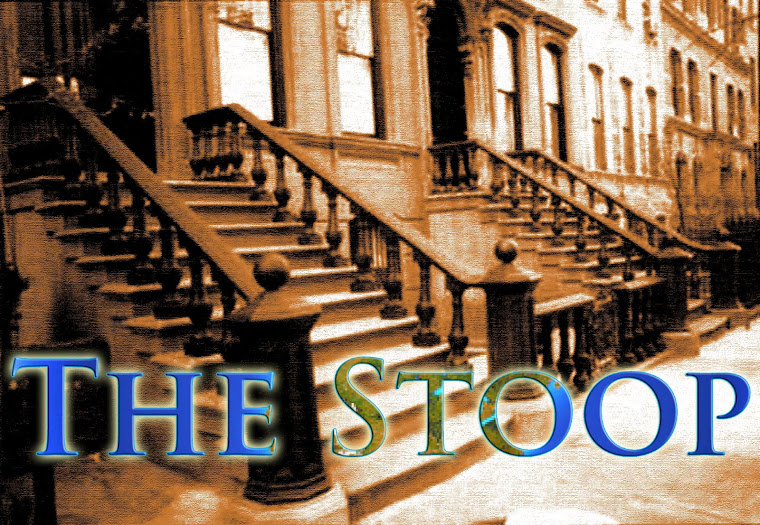by: Kevin Wiggin
We have all heard the terms freezing rain, sleet, and snow when tuning into our local weather person on the television before, but do you really know the difference between these elements? Some of you may ask: Why do I need to know the difference? Well, the difference between freezing rain, sleet, or snow event could be the difference between knowing you have a chance to make it to work in the morning or whether you should really prepare to work from home. A brief snow may have moderate impacts on your travel, but a brief freezing rain event could wreak havoc on everyone’s travel plans.
Snow occurs when a snowflake falls from the upper levels of the atmosphere and does not encounter any layers enough above freezing throughout its journey to the earth that would melt the snowflake. There are many classifications of snow and most travels are well aware of the impacts from high accumulations of snow. The difficulty comes in differentiating between other types of freezing precipitation.
Sleet occurs when a snowflake falls from a cloud then enters into a warm layer and melts. The now melted snowflake then continues to fall then it enters into a cold layer near the surface of the earth and freezes again. When the frozen droplet impacts the earth, it is usually in the form of ice and does not freeze upon impact. High accumulations of sleet may cause problems for the road travelers, but is typically not as devastating as a freezing rain event.
Freezing rain occurs when a droplet starts as snow as it falls through the atmosphere. Then, this snowflake melts as it falls through layers of the atmosphere. The now melted snowflake encounters a below freezing layer of air near the surface of the earth which quickly supercools the droplet. With the droplet now supercooled, it will then freeze upon impact of the earth’s surface or any other surface along its way. Freezing rain is one of the culprits that brings down power lines in the winter, puts highways at a standstill, and turns any location into a crystal city.
At times you may hear your local weather person use the term “mix”. The forecaster is usually referring to an area that could see any combination of rain, freezing rain, sleet, and/or snow. These areas typically are some of the most dangerous areas to travel due to the possibility of freezing rain and sleet. Defining the exact lines of freezing rain, sleet, snow, or rain can be very difficult for forecasters.
Whether you will encounter snow, sleet, or freezing rain, you are bound to have some delays in your travel. Hopefully this will help you to better understand the differences and what to expect when you wake up in the morning to head to your destination. Keep a close eye on the weather along your route when the next storm system is pushing through.
Drive safe,
Kevin Wiggin
About The Author
Kevin Wiggin is a founding member of http://WiperWeather.com. WiperWeather provides top-quality road weather forecasting services. They combine your route with weather information so you can plan ahead. You can also share pictures and road trip experiences with others in the WiperWeather community. WiperWeather is a start-up limited liability company consisting of four principle officers with combined industry experience of 40 years.
Source: articlecity
"God Bless the Dream, the Dreamer and the Result."
Sunday, December 23, 2007
Snow, Sleet, and Freezing Rain: They’re All the Same, Right?!
Subscribe to:
Post Comments (Atom)












No comments:
Post a Comment